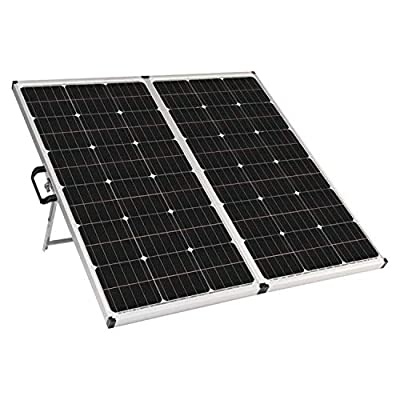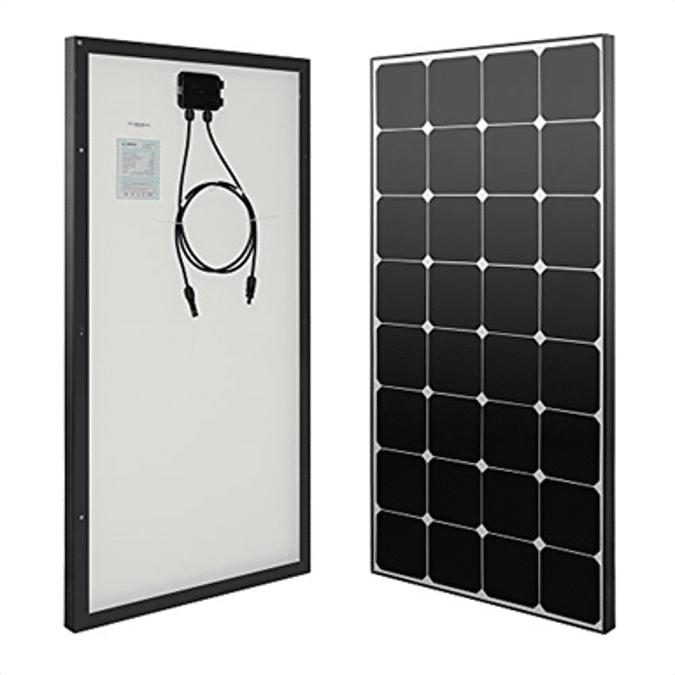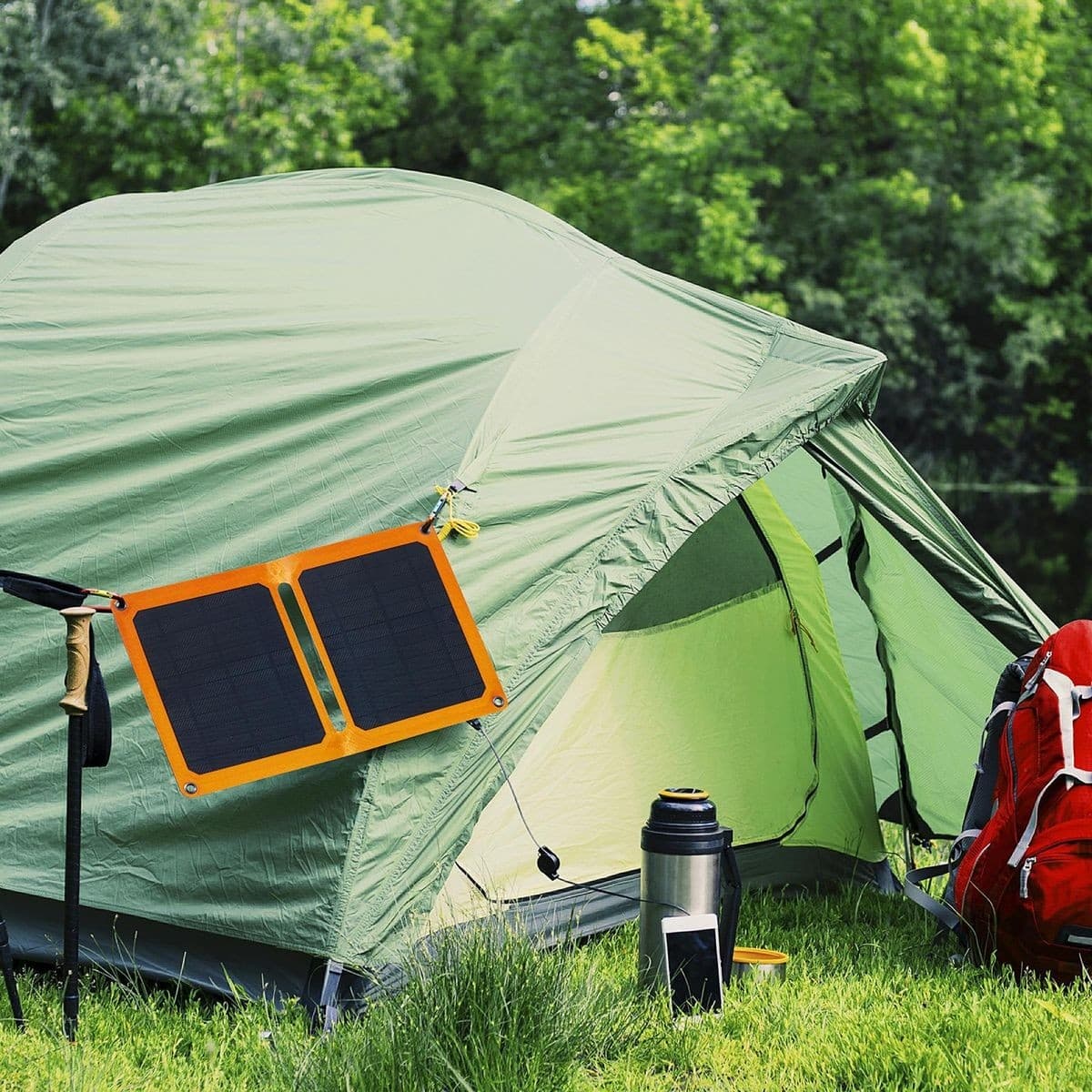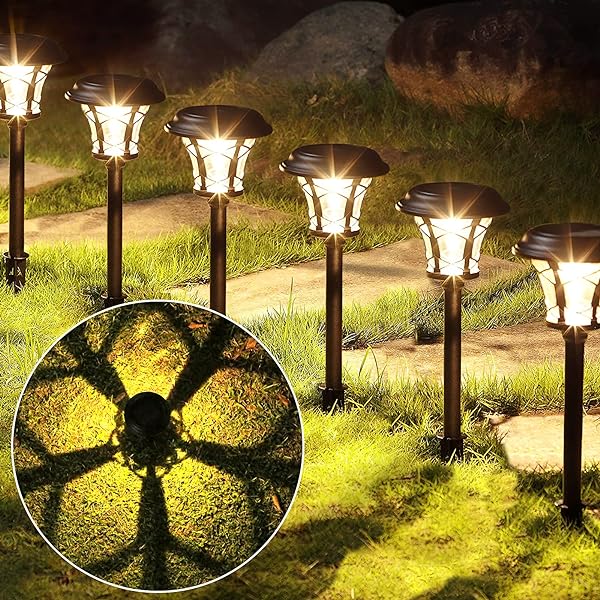Solar panels don’t just provide electricity— they also convert sunlight into usable energy. When they’re installed on a roof in an ideal location, they can generate great amounts of power throughout the day and year.
But what if you need to produce more electricity during specific times of the year? Or you have a large, flat roof that can accommodate solar panels but not inverters or batteries? You may need to look elsewhere for your energy needs.
If you live in a house with a well-insulated attic, there is an option for you to use solar power without the assistance of an inverter or battery storage. This article will give you more information about this option so that you do not miss out on it!
How to Use Solar Power Directly Without an Inverter
There are two ways you can use solar panels to generate electricity without an inverter. This can come in handy if you have a small system that doesn’t require a large amount of power, but you still want to be able to use it when needed.
These two methods are as follows:
– Use a battery-based inverter. This is a system where the solar panels are connected to the battery, and an inverter is installed on the wall. You then plug the inverter into an outlet, so you can use your appliances. This saves you the hassle of lugging around a heavy inverter.
– Use a grid-connected solar system. This is a system where there is a battery-based inverter, but it isn’t attached to the house. You then connect it to the grid, so that it can be used whenever it is needed. The grid-connected system also allows you to be self-sufficient, as you can use the power during times of peak demand.
Install a Ground-Based DC System
With a ground-based DC system, you don’t need any special wiring. Instead of connecting the panels to the inverter, you connect the panels to the battery.
When the panels are generating power, it will flow through the system to the battery and then back to the panels. There are no special switches or breakers required for this setup, since the electricity will automatically flow between the two.
The big advantage of this setup is that you can leave it up even when you aren’t using it. Sure, you may not get the same amount of electricity as you would from an inverter, but you can use the system to charge your battery during the day.
And if your needs are minimal, you can use the battery to store power at night when the panels aren’t producing any.
Install a Battery Storage System
If you want to use solar panels to generate your electricity, but you also want to store the power for later use, you can get a battery storage system.
These systems come with batteries that you connect to your solar panels. You then charge the batteries during the day, and they can store power for use at night. The best part is that they can also be used without a solar system, which makes them a great option for off-grid living.
The only downside to a battery storage system is the cost. They can be costly, so it’s best to think about it carefully before buying one. Additionally, you will need to consider the size of the batteries you’re buying. A smaller battery isn’t as durable and can cause issues down the road.
Wrap Up
If you are looking for an alternative way to put solar panels on your roof, you can look into installing a ground-based DC system or a battery storage system.
These systems are cheaper than a traditional inverter, and they don’t require wiring. You can use them on their own or connect them to your solar panels. And if you want to go off the grid completely, you can use a battery storage system to store electricity instead of connecting to the grid.





